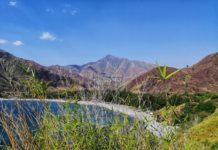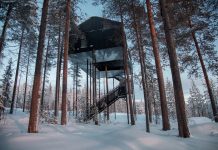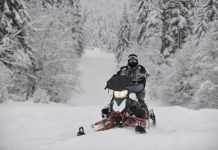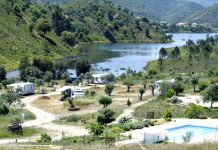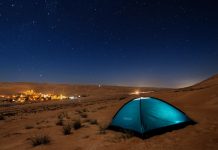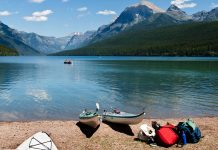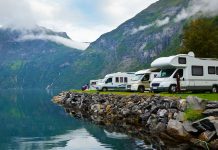Alaska’s Kobuk Valley National Park is an ideal location to explore the vast northern wilderness and get a close-up look at some of the region’s most interesting animal and plant life. The park was established back in 1980 and its total size is 1.75 million acres. The beautiful parkland is filled with spruce and birch trees, crystal-clear streams and rivers, and majestic mountains.
Many visitors regard the Kobuk Valley to be among the most isolated wilderness areas in the world. The entire park sits above the Arctic Circle, and because it’s so isolated, it’s the least-visited national park in America. If you visit the park, there’s a good chance the only other people you may come across are local Inupiat residents who are hunting caribou as they migrate through the park each year.
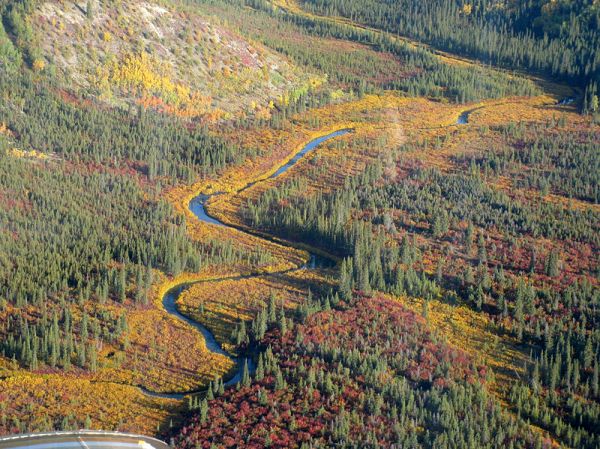 (photo credit: commons.Wikimedia.org)
(photo credit: commons.Wikimedia.org)
Scientists believe that 13,000 years ago the most of North America was covered with continental glaciers. This meant that Asia and Alaska were basically connected to each other by a bridge of ice that stretched from one continent to the other. Kobuk Valley was reportedly an ice-free area which was made up of grassy tundra, which is quite similar to modern-day Siberia.
Humans roamed the valley for food and hunted down mammoths, mastodons, and bison that made their home there. Over the centuries, the climate has changed and the sea rose to cover the bridge of ice, eventually melting it. When the ice disappeared many of the area’s mammals did too.
Today, the Kobuk Valley National Park sits between the Waring and Baird Mountains, which protect part of the valley and the Kobuk River. The region still features a wide variety of wildlife and the boreal forest stretches as far north as the park. The weather is also quite diverse here as there are about 24 square miles of sand dunes and the temperatures can often reach 100 degrees Fahrenheit.
Since the park is there for local natives to sustain themselves by hunting and fishing there aren’t any marked trails and facilities in its boundaries. You can still find an information center for the park, which is located in Kotzebue. This town can be reached by air from Anchorage. The best time to visit is during the summer months when the days are as long as can be, especially from early June to the second week of July.
The summer temperature is usually about 80 degrees and up. The ice on Kobuk River typically breaks up in May and starts to freeze again in mid-October. If you’d like to see the colorful wildflowers, the best time to visit is from the middle of June to the end of July. The wettest month is generally august and snow starts to fall in September. The trees begin to turn color in late August and this is when the yearly caribou migration starts.
The most popular way to visit the park is to combine hiking and canoeing or kayaking. This will enable you to spend a day out in the open water and then a day exploring the wilderness as you move through the park. You’ll be able to canoe to a variety of landing points and leave your camping gear there while you take a hike.
Since there aren’t any facilities in the park, it’s extremely important that you take along everything you’ll need on your adventure. Many visitors start their river trip at Ambler and end in Kiana, which are both small communities outside of the park’s borders. In addition, there are a couple of other rivers to tackle. The hiking is superb in most areas, but there aren’t any river crossings or trails.

